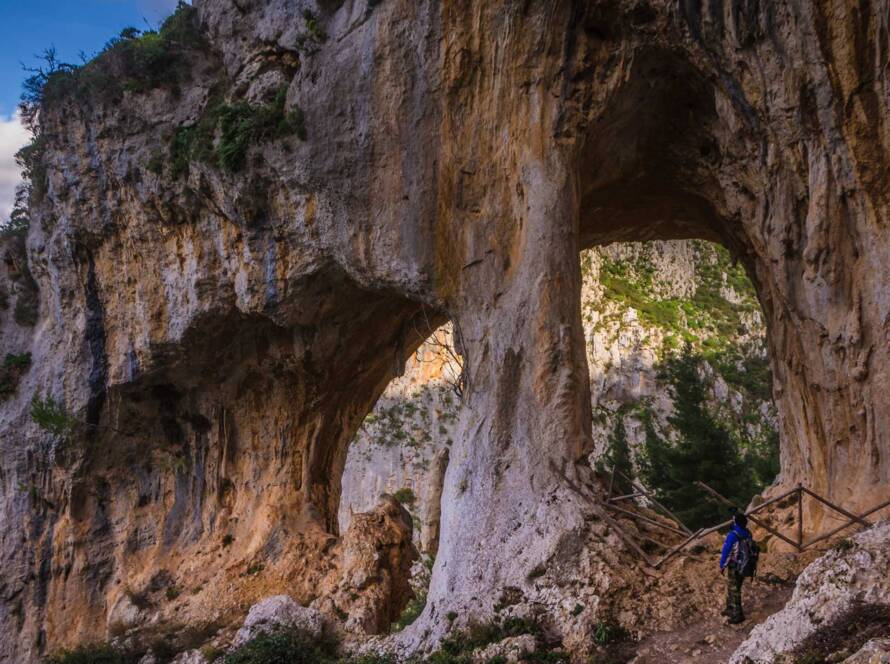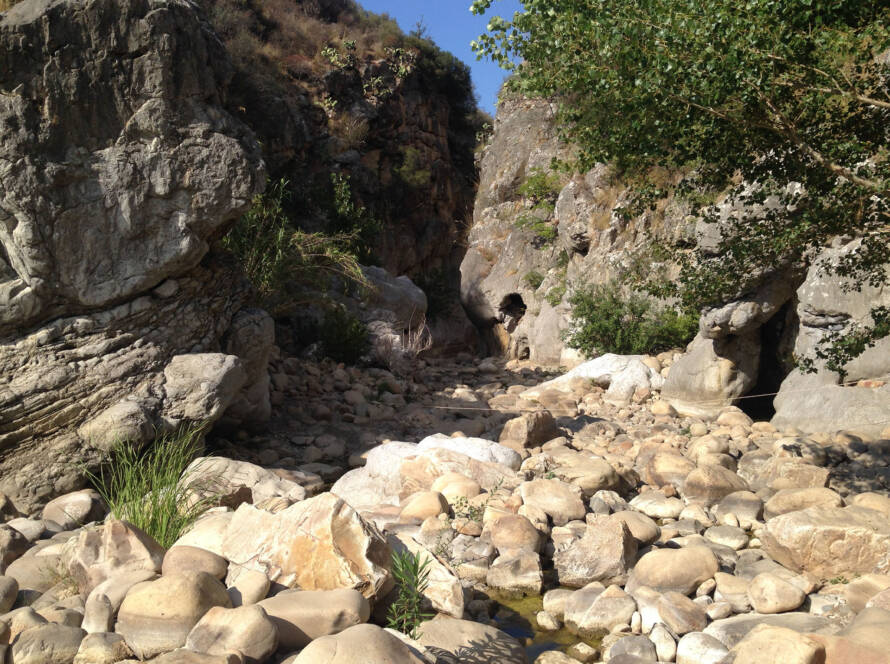The archaeological park of Himera is located in Buonfornello along the northern coast of Sicily and represents the ancient Greek colony of Himera (today Termini Imerese). The city was founded in 648 B.C. and stood on the banks of the river Imera. For this reason, it was an important political, commercial and cultural centre for ancient Sicily and during your visit you will be amazed by the impressive ruins of the city, which testify to its grandeur and power.
The city was victim of several raid from the Carthaginians for all its existence until the 409 B.C., when the city was destroyed and while some inhabitants run away others blended with Carthaginians laying the foundation for the today’s Termini Imerese (Thermai Himeraiai). The whole city was also surrounded by high protection walls, of which the ruins are well visible today.
The site was definitely identified during the 16th century, but the archaeological exploration started only between 1926 and 1930, when remains of sanctuaries, funerary furnishings, ceramics and more than ten thousand tombs with some skeletal remains of soldiers and civilians were found; this is the reason is why Himera is considered the largest necropolis in the entire of Greece
Some of these remains were moved to the Antiquarium Museum of Caltavuturo, so as they are not visible onsite. During the explorations was also discovered by Pirro Marconi the important Temple of Victory once dedicated to Athena, the city’s main goddess, which is one of the best examples of Doric architecture in Sicily and the remains of which are still clearly visible and preserved on the site; in this temple were found sumptuous lion-headed lithic gutters that later have been transferred to the Archaeological Museum of Palermo.
Currently open to the public are the area of the Temple of Victory and the area of the upper city, where also the sanctuary of Athena stood. They can give visitors an accurate picture of the main aspects of Archaic and Classical Greece, as well as of the colony’s urban layout and living culture.




